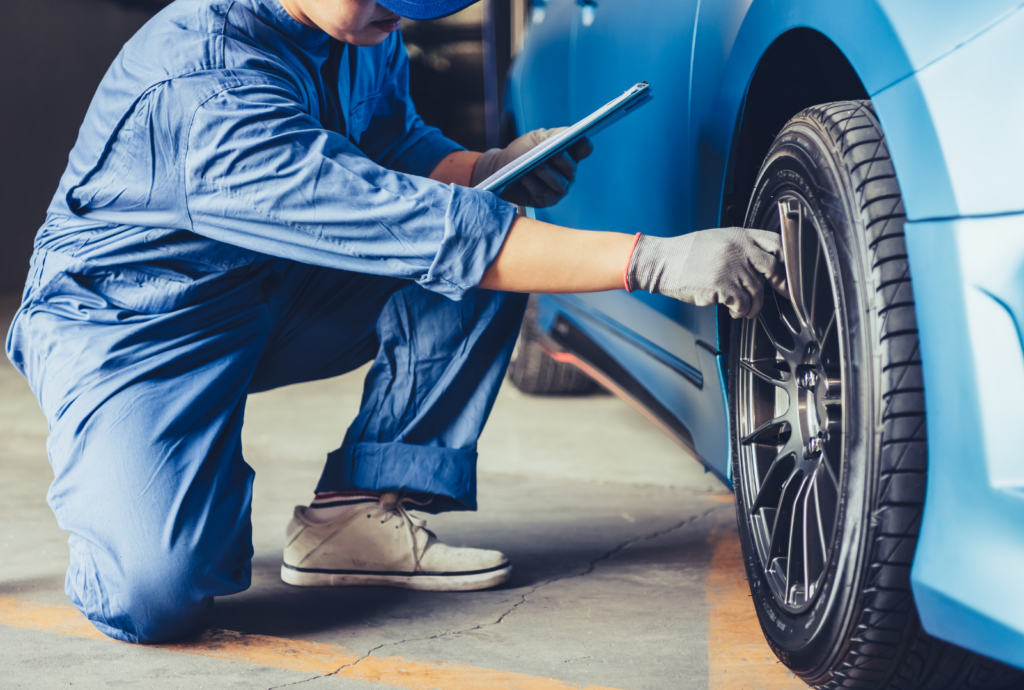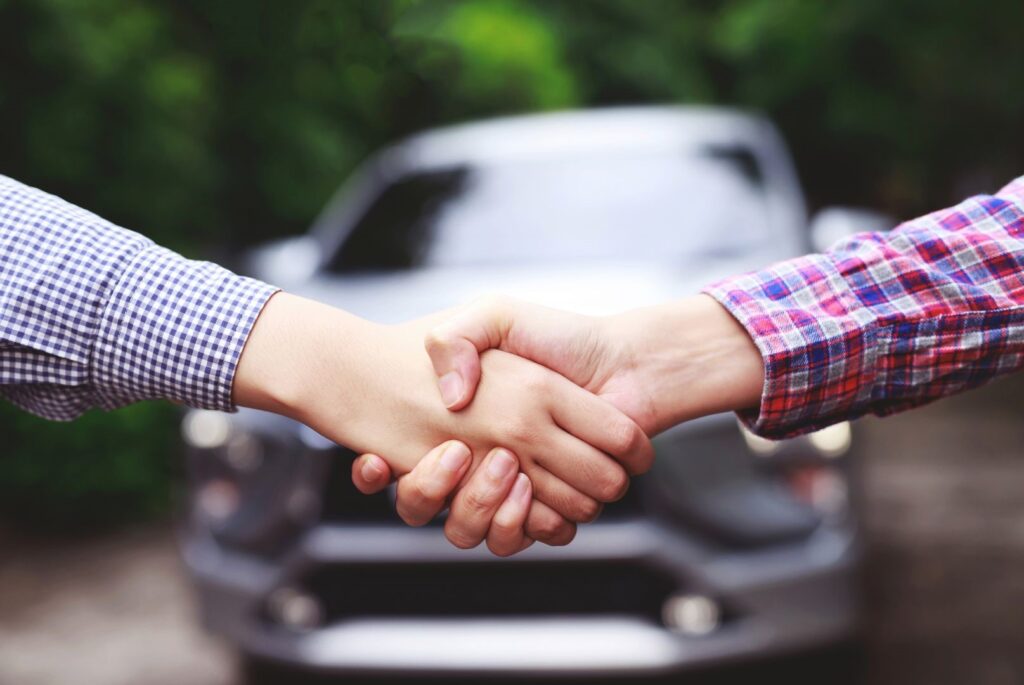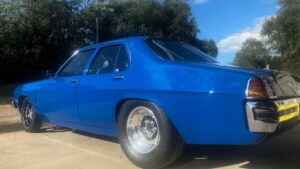
Thrifty Rides: A Guide to Buying a Used Car
Looking for a new set of wheels on a budget? This guide will explore every aspect of buying second-hand cars in Australia. So, fasten your seatbelts and get ready to find your perfect ride!
- Research The Best Seller
- Inspect and Test Drive
- Get the Car’s History
- Negotiate a Deal
- Ensure Transfer of Ownership
Research the Best Seller
When you are planning to buy a car, it’s important to start by researching different dealerships to understand the market prices and availability of your desired make and model. This will help you establish a realistic budget and ensure that you’re not overpaying. Also consider private car sellers and auctions, which can provide even more options. You can find them online:
Be proactive in researching your options. The more you know, the more confident you’ll be in making an informed purchase.
Private Sellers vs. Car Dealership
You may be wondering though, which option is better for you – buying from a private seller or a car dealership? In the next section, we’ll go through the Pros and Cons of both.
Private Sellers
Private car sellers are typically not professional car dealers. They sell independently to avoid third-party costs and undervaluing their car. They’re also more willing to negotiate and offer reasonable prices. However, the car’s condition and warranty may not be guaranteed. If you’re unsatisfied, there’s no refund or return policy either. So, buying a car from a private seller can be cheaper but the risks could be higher.
Pros
- More affordable choices
- It’s possible to negotiate on the final price
- Private sellers can take better care of their car
Cons
- No warranty
- No returns
- Documentation may not be updated or available
- Private sellers may not help with the registration
- Payment may be upfront
Car Dealerships
Car dealerships are a reliable option for buying vehicles as they offer a wide range of makes and models. Even pre-owned cars undergo thorough professional inspection and maintenance to ensure their quality. Warranties are guaranteed and can include coverage for repairs, returns, or refunds. Flexible payment options are provided, which allow you to choose whether to pay in full upfront or in instalments. Moreover, it’s convenient since they usually help with the car registration process. This is why when buying from a dealership, it’s expected that you’ll spend the entire day there going through paperwork.
The convenience is great but be warned, it comes with added costs. Commission-based sales often lead to high list prices. Overhead costs like maintenance, storage, and inspection can further drive up the price. So, if you want to buy from a car dealer, be mindful of your budget and watch out for hidden fees.
Pros
- More models and options available
- They offer warranty
- Documentation is available
- Dealers can take care of the registration process
- Multiple payment and installment options
- Return policy
Cons
- More expensive
- Not open to negotiation
- Instalment payment can incur interest
Budget and preferences play an important role when deciding where to buy a car. You also need to ask, is the private seller trustworthy enough for a big purchase? Or is a dealer’s convenience and reliability worth the additional costs? Take some time to research and weigh your options.

Inspect and Test Drive
Say you’ve found your dream car. At first glance, it looks great. Be careful though and don’t immediately jump into giving an offer. Get up close and personal with your potential car first.
- Exterior – Check for any signs of damage, rust, or paint imperfections. Look out for dents, scratches, or alignment issues.
- Tires – Inspect the tires and look for wear patterns or insufficient tread depth which may indicate potential problems.
- Engine – Even if you’re not a mechanic, there are a few things you can check. First, inspect the fluid levels, ensuring no leaks or signs of contamination. Then, examine the condition of belts and hoses, searching for any cracks or fraying. Finally, check the battery for corrosion or loose connections.
- Seats – Inspect the seat belts for any signs of wear or damage. Sit in the driver’s and passenger’s seats. Try adjusting them to ensure all the controls and features work correctly. After all, comfort is critical when driving.
- Air condition – Test the air conditioning, heating, and other electrical components.
- Lights – Turn on the headlights, indicators, brake, and reverse lights to ensure they all function correctly. While you’re at it, check the condition and alignment of the headlights. Properly functioning lights are a must for a safe and hassle-free driving experience.
If you’re not a car professional, consider hiring a third-party inspector especially when buying a car from a private seller. An unbiased assessment is important to get a clear picture of what you’re getting yourself into. Experts can spot red flags that may not be visible to the untrained eye, potentially saving you from costly repairs. These issues could range from mechanical problems to signs of previous accidents.
Additionally, ask if you can take the car for a spin. It may be pretty on paper, but you need to make sure it works well too. Test drive the car to check handling, acceleration, and braking. Listen for unusual noise or vibrations. Test clutch and gearbox for manual transmission. Think of it as a dance to find your driving match!
Get the Car’s History
Before sealing the deal, you’ll want to know the full story behind your potential car. Request a comprehensive vehicle history report, commonly known as a Personal Property Securities Register (PPSR) check, to get the financial background. This will give you peace of mind and help you avoid any nightmares down the road.
Here are some examples on what to watch out for when buying a used car:
- Consistency of the odometer reading
- Damages resulting in a written-off status
- Reports of theft
- Overall valuation

Negotiate a Deal
When it comes to buying a used car, haggling is part of the game. Go into negotiations armed with your research. You could also use the car inspection and PPSR report as references. Any repairs or faults discovered during the inspections should be considered when giving an offer.
Understandably, you want to get a good deal for a good price. Offer a reasonable price within your budget. Don’t lowball car sellers! The goal is to find a win-win situation where you and the seller can be happy. Be respectful but firm. If the price doesn’t meet your expectations, be upfront and walk away. There are plenty of other cars out there waiting just for you!
Ensure Transfer of Ownership
When you settle on a price, get a completed vehicle transfer form from the seller. This will transfer legal ownership of the car to you and protect you from any liability.
- Gather necessary documents – This may include the original car title, bill of sale, vehicle registration, and other relevant paperwork.
- State requirements – Different places have different rules, so check for your state or country’s requirements when transferring car ownership.
- Bill of Sale – This document includes essential details about the buyer, seller, car, and purchase price.
- Transfer ownership form – Depending on your state or country, you may also need to fill out a transfer of ownership form. This form typically includes information about the buyer, seller, vehicle details, and signatures from both parties.
It’s important to complete the documents as soon as possible. Then submit them to the appropriate government agency, such as the Department of Motor Vehicles (DMV). Check for any state or city requirements as well. For example, in New South Wales, buyers have a 14-day window to complete registration to avoid late fees. And if you’re buying a used car, Compulsory Third Party (CTP) insurance is required.
The same 14-day window is given in Victoria. Plus, they require sellers to provide a Notice of Disposal. These registrations come at a cost so be prepared to pay additional fees. This may include title transfer, plate number transfer, and sales tax.
Once approved, you’ll receive a new car title and registration, officially transferring ownership of the vehicle to you.
Stay safe while driving
You’ve decided on a car seller and completed all the requirements. What’s next? If you want to protect yourself and your newly purchased second-hand car, you should look into getting car insurance. Driving responsibly and abiding by traffic rules are good preventive measures. However, accidents can still happen. They can be costly too. Don’t take any chances when it comes to road safety. Request a car insurance quote today!
Looking for enthusiast car insurance?
Find tailored protection for your ride—explore your options with Ryno Insurance.
Looking for truck insurance?
Shield your truck with coverage that works as hard as you do—discover the options with Ryno Insurance.




